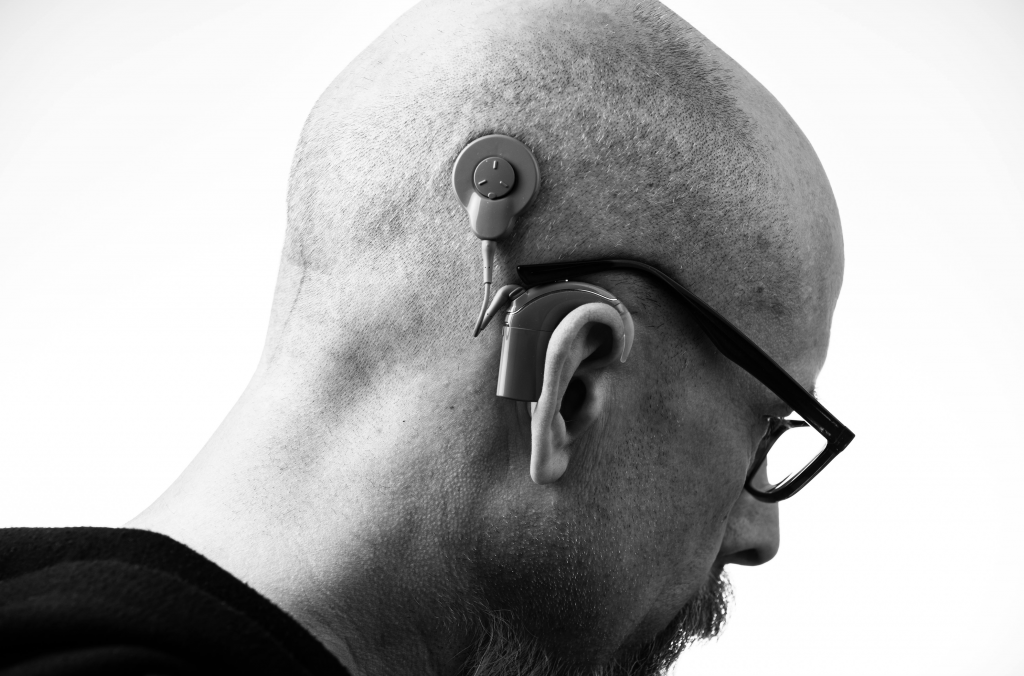Language is often seen as the foundation of thought, allowing ideas to take form and perceptions to be shared. For the Deaf, the link between language and thought is unique and captivating. This exploration dives into the fascinating question: What language do Deaf people think in?

Visual Languages and Spatial Thinking
People who are Deaf and communicate using sign languages like American Sign Language (ASL) or British Sign Language (BSL) say they think more visually and spatially. Sign languages are highly visual, engaging parts of the brain involved in spatial processing and mental imagery. This visual nature of sign languages promotes a different cognitive style compared to spoken languages, which are auditory and phonetic.
Written Language and Inner Monologues
For Deaf individuals who rely primarily on written language, their thinking process may mirror that of hearing people who depend on written words. Inner monologues, the internal dialogue accompanying conscious thought, can take shape through written language, enabling a silent, introspective form of cognition.

Bilingual and Bicultural Thinking
Many Deaf individuals lead bilingual and bicultural lives, fluent in both sign language and the written/spoken language of their community. This bilingualism can blend linguistic influences in their thought processes, creating a dynamic interplay between visual and phonetic elements.
On a personal note, my language background is unique. I was primarily educated in mainstream oral programs, and I sporadically learned American Sign Language from childhood through my early teenage years before becoming fluent. My thoughts now consist of a combination of images, signing, and printed words, with occasional imagined spoken words that accompany the printed words—a remnant of my speech therapy and partial hearing. On an interesting note, rarely, I will even sign in my sleep, but I never talk out loud while sleeping.
Thinking Beyond Language
We must understand that not all thoughts rely on language. Like hearing people, Deaf individuals think conceptually in ways that go beyond any specific language. They can engage in abstract reasoning, experience emotions, and solve complex problems without being limited by linguistic constraints.
Cultural and Personal Factors
The language of thought can also be shaped by cultural and personal influences. Deaf individuals with diverse linguistic and cultural backgrounds may have varied life experiences that impact how they internally conceptualize and express their thoughts.
Advancing Communication Technology
Advances in technology and communication have opened up new possibilities for Deaf individuals. For those who use assistive technologies, incorporating visual and written elements into communication can enrich their landscape of thought even further.

The language of the mind is a deeply personal and intricate composition. Deaf individuals navigate this with a richness that extends beyond the confines of auditory language. Whether through expressive sign language or written words, the thinking processes of the Deaf community are a testament to the diversity and adaptability of the human mind. As we continue to explore the complexities of language and cognition, we gain a deeper understanding of the many ways in which individuals, regardless of hearing status, construct the vibrant tapestry of their thoughts.
Until next time, ta ta! 😄🤟🏻



